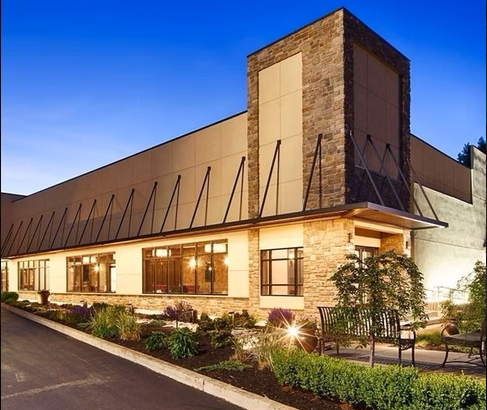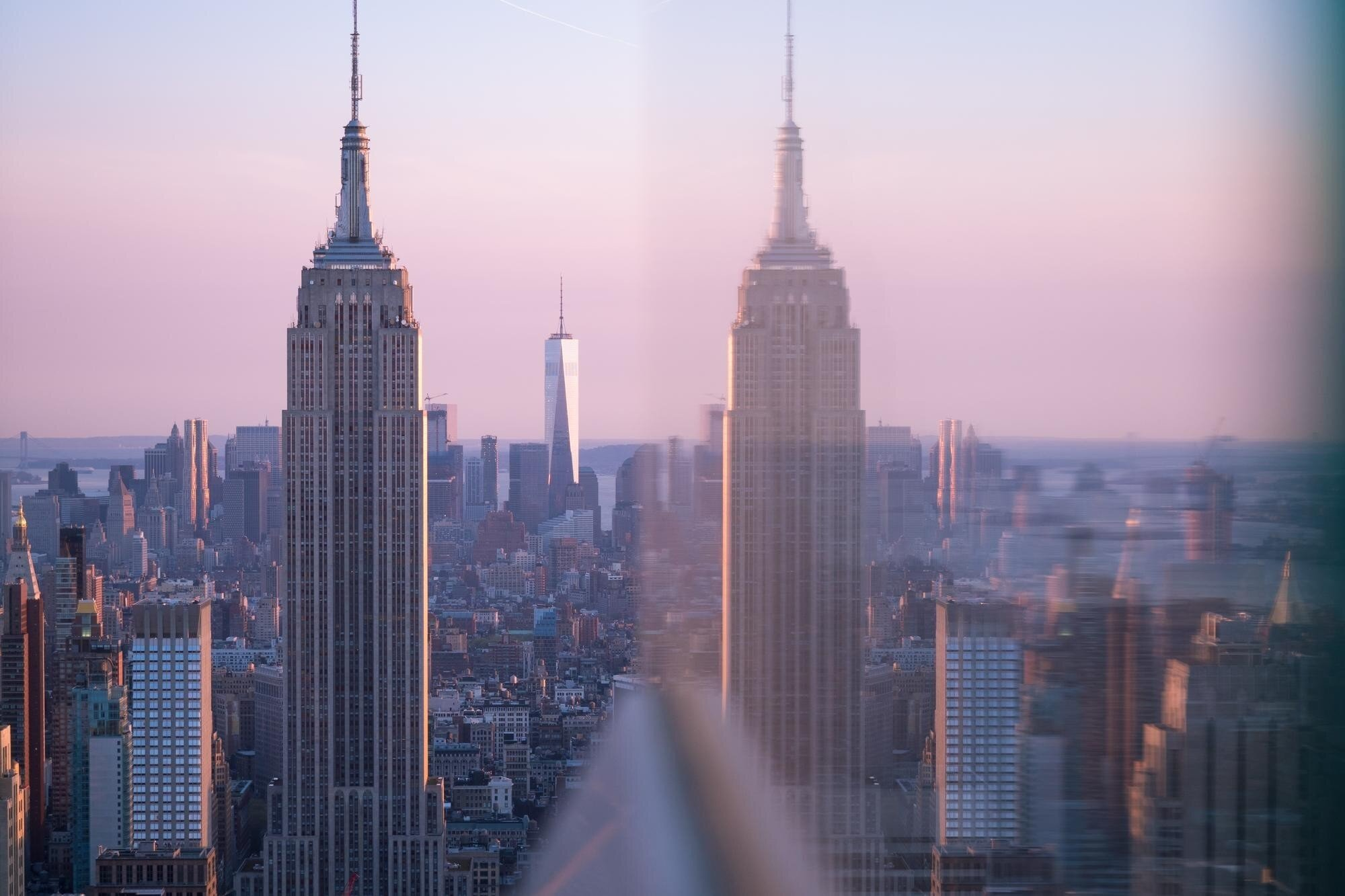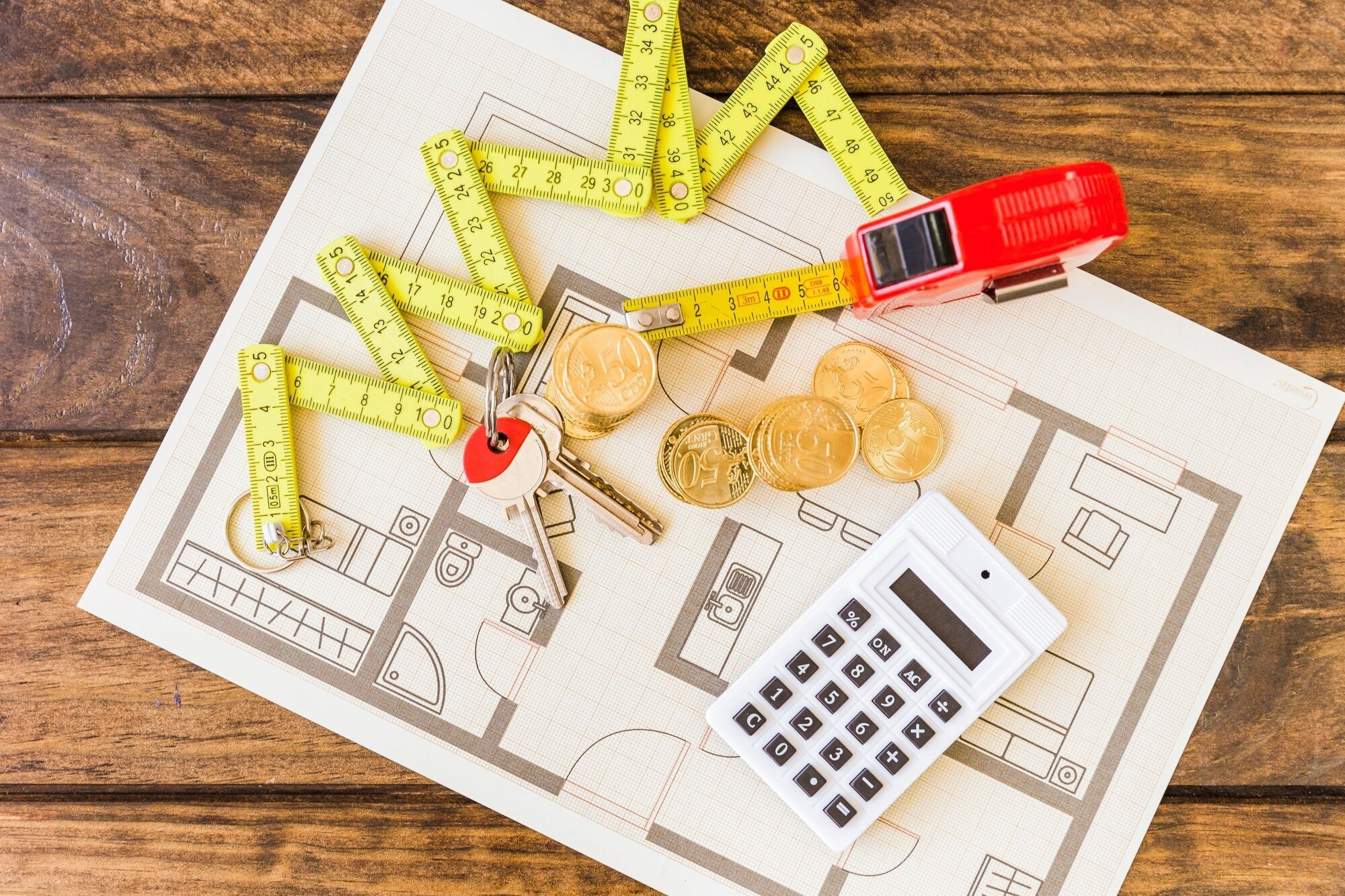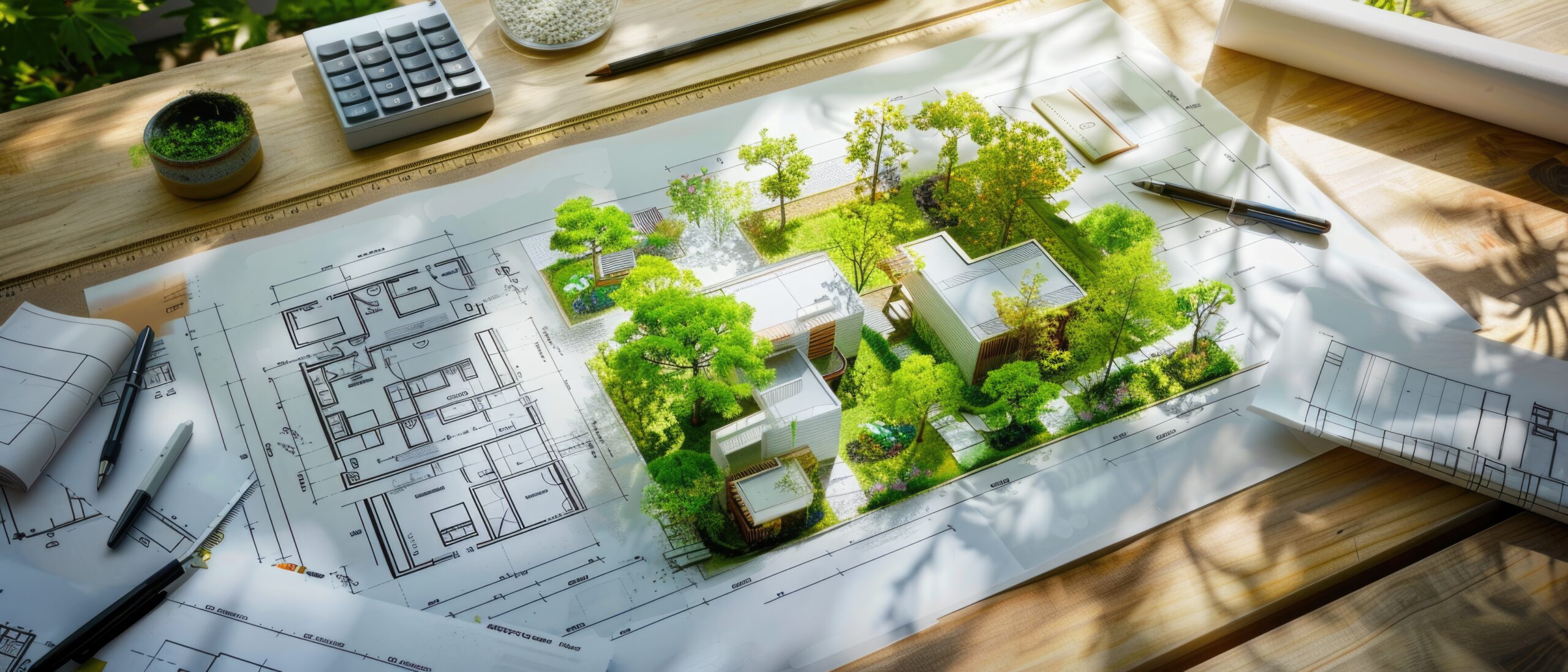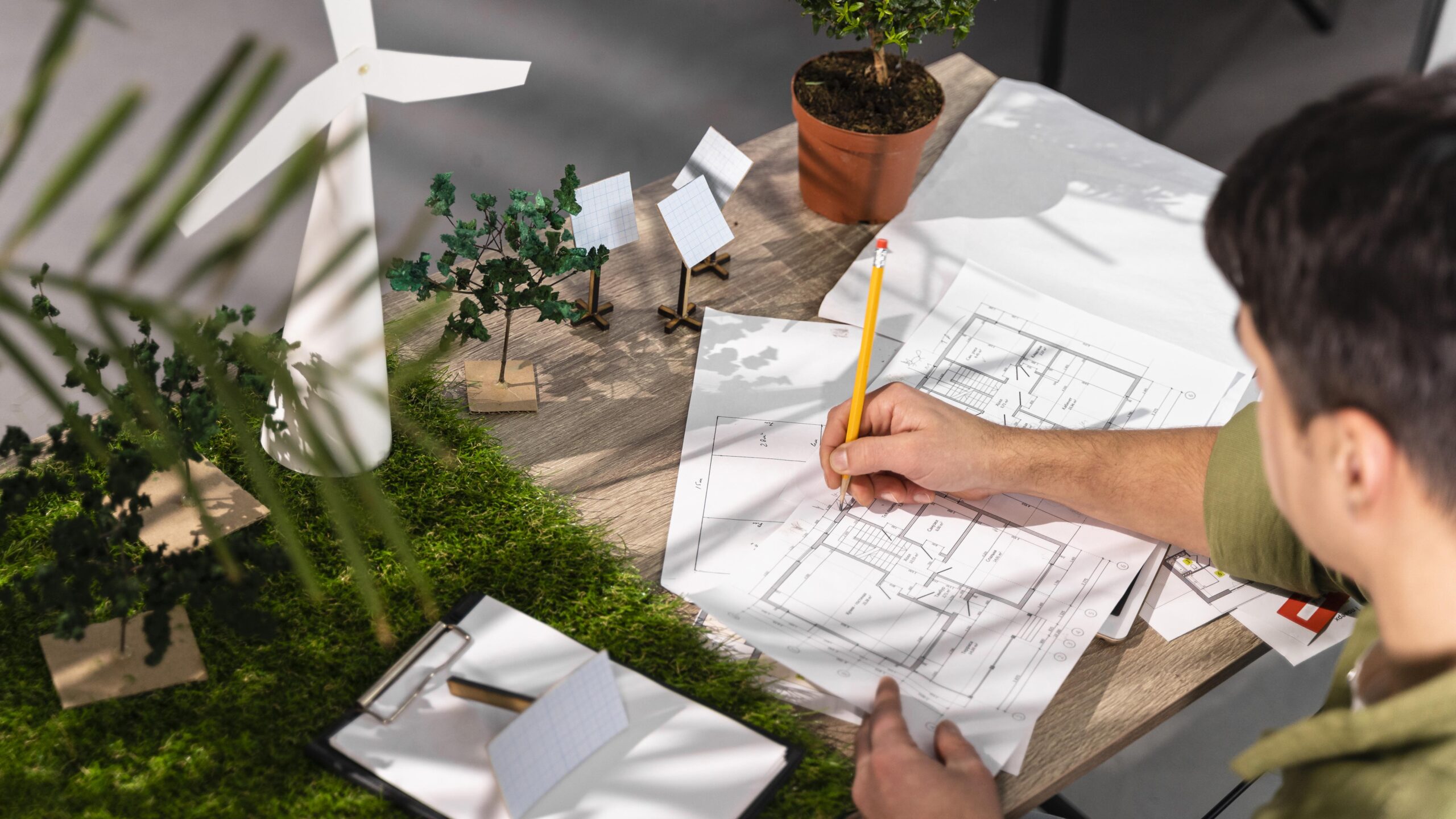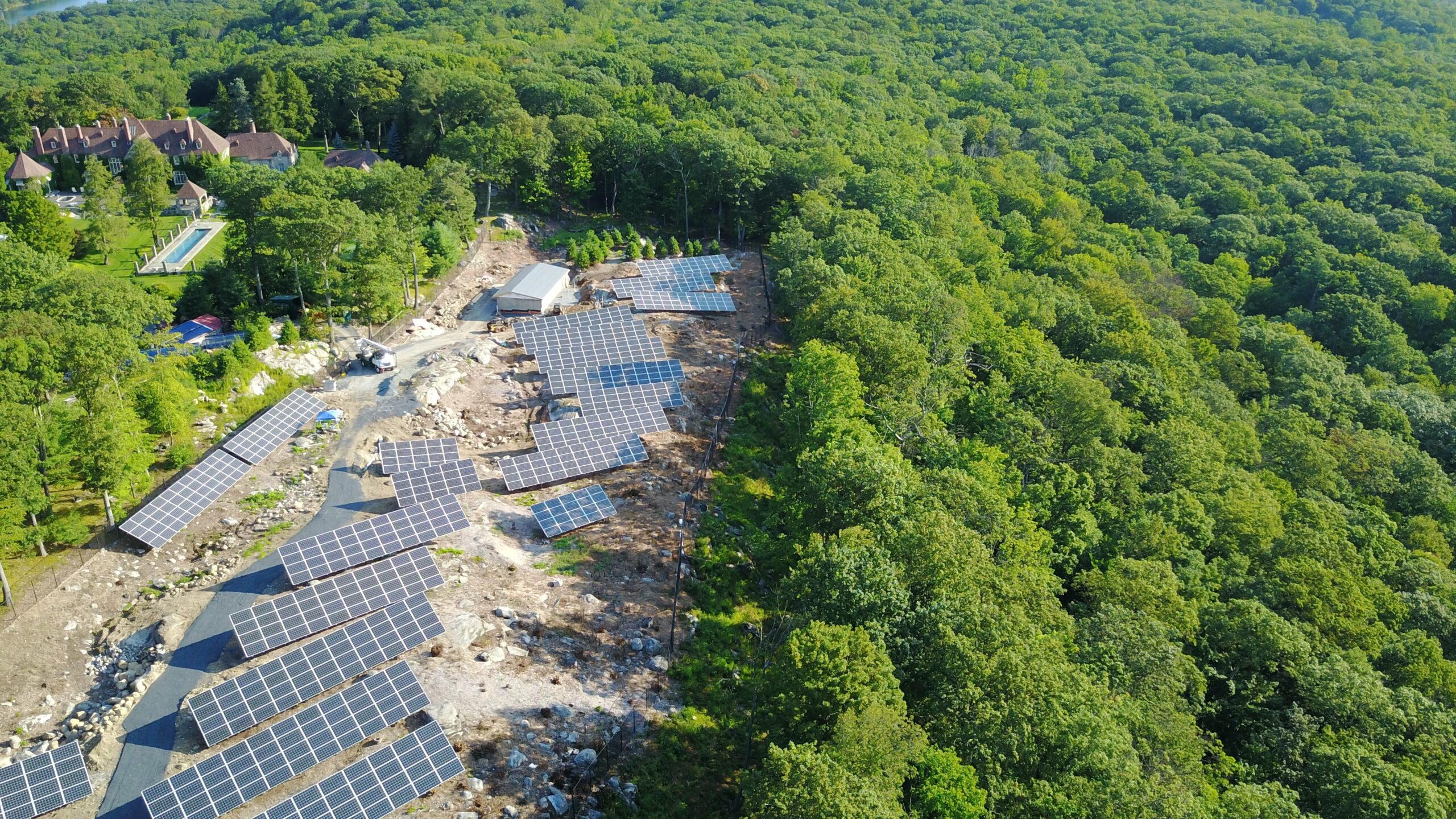At Wright Architects, we understand that designing a home in Kingston and the greater Hudson Valley means more than creating beautiful spaces. It means respecting the land, the climate, and the community. Sustainable architecture in Kingston NY is not just a design trend—it’s a commitment to thoughtful, responsible, and inspired building practices tailored to our unique regional context.
Our architectural philosophy is rooted in a deep appreciation for the natural and cultural heritage of the Hudson Valley. When we approach a project, we don’t just look at the structure—we consider the terrain, native vegetation, solar orientation, and environmental impact. Every home we design is an opportunity to harmonize modern living with ecological stewardship.
Sustainable architecture in Kingston NY requires a blend of technical expertise and cultural sensitivity. We incorporate energy-efficient systems, passive solar design, and locally sourced materials whenever possible. Our goal is to reduce environmental footprints while creating spaces that feel truly at home in their surroundings.
We also understand the importance of community. Our work reflects the character and values of Kingston’s neighborhoods, drawing from its historic charm while looking forward with innovative, sustainable solutions. In every project, we strive to deliver homes that are not only efficient and environmentally conscious, but also warm, welcoming, and enduring.
Why Sustainability Matters in Kingston
Sustainability in architecture isn’t just about materials and energy. It’s about longevity, efficiency, and alignment with the natural environment. In Kingston, where the seasons are distinct and the terrain is diverse, sustainable design helps create homes that are resilient, comfortable, and cost-effective to maintain.
Our approach to sustainable architecture in Kingston NY goes beyond the superficial. It involves smart planning, climate-responsive design, and strategic use of resources to ensure that every home we build performs efficiently year-round—whether it’s withstanding winter snowfalls, optimizing summer ventilation, or reducing dependence on artificial heating and cooling systems.
A thoughtfully designed sustainable home doesn’t just benefit the environment—it benefits the homeowner. Lower energy bills, healthier indoor air quality, and long-term durability are just a few of the advantages. According to the U.S. Department of Energy, green building strategies can reduce energy use by up to 50% in residential homes, depending on the design and location. That kind of savings not only makes environmental sense—it makes economic sense.
In Kingston, these strategies are particularly impactful. From installing high-performance windows and insulation to using geothermal or solar technologies, we tailor each design to take full advantage of the local climate and landscape. This ensures that homes are not only beautiful and functional but also future-proofed against rising energy costs and shifting environmental conditions.
A Region Steeped in History and Nature
Kingston sits at the confluence of history and nature. As one of the oldest cities in New York, it offers a rich architectural heritage—from stone colonial buildings to Victorian homes and early industrial structures. This depth of character presents both a responsibility and an opportunity: to design spaces that honor the past while embracing the future.
Meanwhile, the surrounding Hudson Valley residential architecture landscape is defined by rolling hills, dense forests, and sweeping views of the Catskills. This natural backdrop plays a crucial role in shaping our design philosophy. Every elevation, slope, and tree line influences how we position, orient, and shape a structure. We believe that architecture should enhance—not compete with—the land it occupies.
Designing in this region calls for an understanding of both historical context and ecological sensitivity. Our work in sustainable architecture in Kingston NY is guided by these dual imperatives. Whether we’re restoring a historic façade or creating a modern retreat nestled in the woods, we ensure that each project fits seamlessly into its environment and community.
By blending traditional craftsmanship with cutting-edge sustainable technologies, we craft homes that celebrate Kingston’s legacy while advancing responsible building practices. This balanced approach allows us to create spaces that are timeless, functional, and deeply rooted in place.

Understanding Local Climate Challenges
Our region experiences hot, humid summers and cold, snowy winters. These extremes call for architecture that is thermally efficient and robust. Designing homes in the Hudson Valley—and specifically, sustainable architecture in Kingston NY—means creating buildings that adapt seamlessly to dramatic seasonal changes.
Through our custom energy-efficient house plans, we help clients reduce utility costs while increasing comfort all year long. Every component is carefully considered to perform optimally in our regional climate. From super-insulated wall systems that reduce heat transfer, to advanced air sealing methods that prevent drafts and moisture intrusion, we prioritize envelope integrity as the foundation of comfort and efficiency.
We also emphasize the importance of strategic window placement and glazing selection. South-facing windows maximize passive solar gain in the winter months, while deep overhangs and properly tuned shading devices protect interiors from overheating in the summer. Natural ventilation strategies—such as operable clerestory windows or cross-ventilation corridors—are integrated to enhance airflow without increasing energy loads.
These design choices do more than improve energy performance. They contribute to a healthier indoor environment, reduce reliance on mechanical systems, and extend the life of the building itself. It’s a holistic approach to architecture—one that aligns functionality with sustainability and delivers lasting value to homeowners.
Case Example: Passive House in Ulster County
One of our recent projects involved a PHIUS-certified passive home nestled on a sloped, wooded site just outside Kingston. This project exemplifies our approach to sustainable architecture in Kingston NY—an approach rooted in respect for the land, precision in performance, and a vision for long-term sustainability.
From the outset, our design team embraced the site’s natural topography. By working with the existing grade rather than against it, we minimized the need for excavation and preserved several mature trees that now provide natural shading and seasonal beauty. This not only protected the site’s ecological integrity but also enriched the home’s connection to its forested surroundings.
Our passive strategies were thoughtfully implemented to meet rigorous PHIUS (Passive House Institute US) standards. We used ultra high-performance triple-pane windows to control heat gain and loss, a meticulously detailed airtight envelope to prevent energy leakage, and an energy recovery ventilation (ERV) system to ensure a constant supply of fresh, filtered air without compromising efficiency.
The result? A serene, low-energy retreat that performs beautifully in all seasons. Whether blanketed in snow or basking in summer sun, this home remains quiet, comfortable, and affordable to maintain. It’s a living example of how cutting-edge design can coexist with the natural world—delivering on both environmental goals and modern lifestyle expectations.
This project not only met our client’s vision but also serves as a model for what sustainable architecture in Kingston NY can achieve when thoughtful planning meets high-performance building science.
Key Principles of Sustainable Architecture
When we talk about sustainable architecture in Kingston NY, we focus on five key principles:
- Site Responsiveness: Designing with, not against, the land.
- Energy Efficiency: High insulation, air sealing, and renewable energy.
- Material Health: Choosing non-toxic, low-impact materials.
- Water Management: Smart drainage and water-saving systems.
- Longevity: Durable designs that stand the test of time.
We tailor each of these principles to your site, goals, and budget.
Permitting and Zoning in Kingston
Sustainability also means navigating the regulatory landscape efficiently. In Kingston and Ulster County, building a custom home often involves a complex web of permitting, zoning, and environmental regulations. This is especially true when working in historic districts or on properties located in ecologically sensitive zones like wetlands, steep slopes, or areas near protected forests.
At Wright Architects, we integrate regulatory expertise into every step of our process. As part of our comprehensive custom home design services, we manage these logistics so you don’t have to. Our team is deeply familiar with the local building codes, preservation ordinances, and land use restrictions that shape development in the Hudson Valley—and particularly those that impact sustainable architecture in Kingston NY.
From conducting site surveys and environmental impact assessments to preparing zoning variance applications, we take a proactive approach to compliance. We regularly coordinate with municipal planning boards, historic review commissions, and environmental agencies to streamline approvals and avoid costly delays.
Our goal is to make the process as smooth and predictable as possible, allowing you to focus on the excitement of building your dream home. By marrying sustainable design with regulatory precision, we ensure your project moves forward efficiently—while staying true to your vision and respecting the character of the land and community.
Building on Slopes, Woodlands, and Historic Sites
Kingston’s diverse terrain offers both opportunities and challenges—and we see each project as a chance to innovate. From steep ridgelines to dense forests and historically significant neighborhoods, the architectural landscape here demands thoughtful, site-specific solutions. That’s why our work in sustainable architecture in Kingston NY is never one-size-fits-all—it’s tailored, strategic, and responsive.
Over the years, we’ve designed custom homes across a wide variety of topographies and community contexts:
- Sloped Sites: Building on steep grades requires careful planning. We often use stepped foundations and strategic retaining walls to minimize excavation and erosion, working with the natural contours rather than leveling them. This approach not only protects the land but also creates dynamic living spaces with layered views and walkout lower levels.
- Woodland Lots: In old-growth forests or heavily wooded parcels, we prioritize tree preservation as part of our sustainability mission. Maintaining existing tree canopies provides natural shading, supports local wildlife habitats, and reduces the carbon footprint of the build. It also enhances privacy and integrates the home harmoniously into its surroundings.
- Historic Neighborhoods: When working within Kingston’s storied historic districts, we blend the best of modern living with period-appropriate aesthetics. We pay close attention to proportions, materials, and architectural detailing to ensure that each new structure contributes to the visual integrity of the neighborhood while meeting contemporary needs for comfort, efficiency, and accessibility.
By responding to the unique conditions of each site, we create homes that are not only beautiful and livable but also deeply rooted in place. This kind of design sensibility is at the heart of our philosophy and underscores our commitment to sustainable architecture in Kingston NY.
Choosing Materials for Sustainability
Local, natural materials play a big role in our designs. We often use:
- Locally milled wood for framing and finishes
- Reclaimed stone for masonry and retaining walls
- Low-VOC paints and finishes for indoor air quality
ArchDaily highlights the importance of sustainable materials and how the sourcing, manufacturing, and installation process impacts the long-term ecological footprint of a building.
Our material palette evolves with each client, but always prioritizes performance, aesthetics, and environmental impact.
Design-Build vs Design-Bid-Build
Clients often ask us about the best approach to project delivery. Should they opt for an integrated design-build model or a more traditional design-bid-build process? The answer depends on the project’s complexity, timeline, budget, and the level of involvement the client wishes to maintain throughout the process. At Wright Architects, we’re comfortable—and experienced—in working both ways. Here’s how we break it down:
Design-Build
In a design-build model, a single team handles both the design and construction phases of the project. This unified approach offers several compelling advantages:
- Streamlined Communication: With one entity responsible for the entire process, there are fewer handoffs, reduced miscommunication, and better alignment from start to finish.
- Faster Project Timelines: Overlapping design and construction phases can lead to quicker project completion, making it ideal for clients with tight deadlines.
- Cost Efficiency: Budgeting is typically more predictable and controllable, as design decisions are made with real-time input from the construction team.
Design-build is particularly effective for clients who value simplicity, efficiency, and a more collaborative workflow. It’s also an excellent fit for many of our sustainable architecture in Kingston NY projects, where material selection, energy modeling, and system integration benefit from early contractor input.
Design-Bid-Build
In the design-bid-build approach, the architectural design is completed before the project is put out to bid for construction. This model separates design and construction into distinct contracts and offers:
- Competitive Bidding: Multiple contractors can bid on the same design, potentially lowering costs or giving you more control over contractor selection.
- Builder Flexibility: If you already have a trusted builder or want to compare multiple contractors, this method provides the structure to do so.
- Clear Project Documentation: Because the full design is completed before construction begins, there’s less ambiguity during the build phase.
Design-bid-build can be beneficial for larger or more specialized projects, or when a client prefers to retain more decision-making authority during construction.
Our Role in Both Models
Regardless of which path you choose, our team brings clarity, coordination, and expertise. We’ve worked in both models across a wide range of projects in the Hudson Valley—from passive homes on rugged terrain to historically sensitive restorations in downtown Kingston.
Ultimately, what matters most is choosing the model that best aligns with your goals, budget, and timeline. We’re here to guide you through that decision and deliver outstanding architectural results no matter the route.
Timeline and Budget Transparency
Every successful sustainable architecture in Kingston NY project begins with a foundation of honest communication—especially when it comes to timeframes and finances. At Wright Architects, we believe that clarity is as important as creativity. That’s why we make timeline and budget transparency a core part of our process from day one.
The Hudson Valley presents unique challenges that must be factored into every project plan. Seasonal weather shifts can affect site work—snow and frozen ground in winter or heavy rains in spring may delay excavation or foundation pours. In addition, permitting timelines can vary significantly across municipalities and historic districts, with some review processes requiring several weeks or months of lead time.
We don’t leave those variables to chance. During our initial planning phase, we map out each factor that could impact your schedule or budget. This includes:
- Site access and preparation conditions
- Local zoning and permitting timelines
- Contractor availability
- Weather contingency planning
- Sustainable system installation sequencing (e.g., solar, geothermal, etc.)
We build these realities into your project roadmap so there are no surprises later. You’ll always know what to expect, what your options are, and how we’re tracking progress against key milestones.
Our approach includes regular updates, proactive cost management, and ongoing design reviews to ensure your vision stays aligned with your resources. We also offer budgeting tools and value engineering strategies to help optimize both performance and investment—without compromising on aesthetics or sustainability.
Transparency is not just a promise—it’s a practice. And it’s one of the reasons why so many clients in the Hudson Valley trust us to bring their vision to life with confidence and peace of mind.
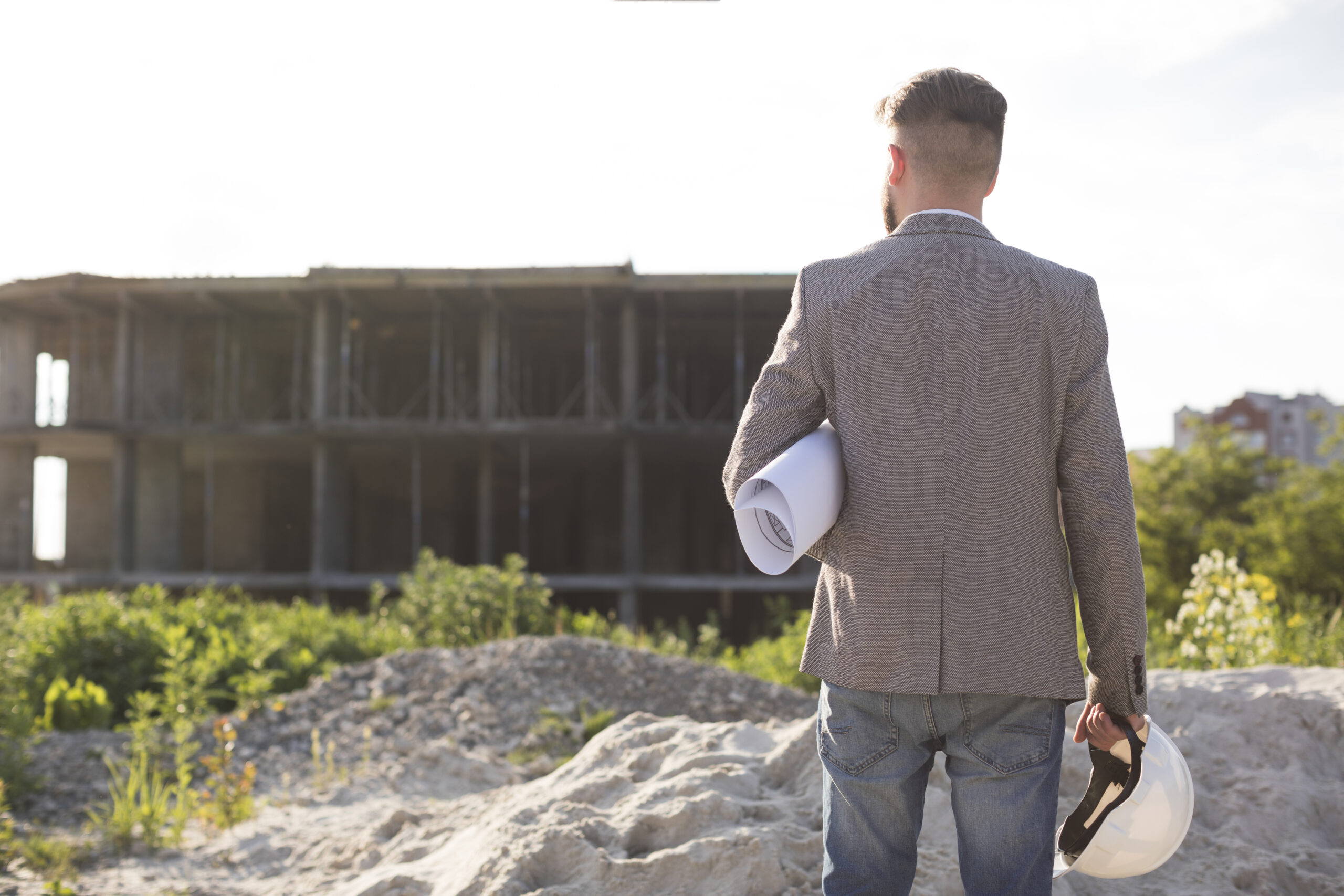
Living in a Sustainable Home: What to Expect
Clients often ask: what’s it like to live in one of our sustainable homes?
- Lower energy bills thanks to high-efficiency systems
- Healthier indoor air from non-toxic materials and good ventilation
- Year-round comfort through passive design strategies
- A deeper connection to nature with outdoor living areas and natural materials
We design for the way you want to live, then we enhance it with sustainability.
Featured Project: Kingston Hillside Retreat
Perched above the city with unobstructed views to the west, this striking residence was envisioned as a modern sanctuary—one that would honor both the natural terrain and the changing rhythm of the seasons. It’s a showcase of what thoughtful sustainable architecture in Kingston NY can achieve when client vision and ecological design come together in harmony.
From the outset, we collaborated closely with the homeowners to develop a plan that followed the land’s natural contours. Instead of imposing on the hillside, the structure hugs it—reducing excavation and maintaining the site’s integrity. The result is a home that feels anchored and intentional, rising organically from its setting.
Sustainability was a guiding principle at every design juncture. The home incorporates:
- Rainwater collection systems to support irrigation and reduce municipal water dependence
- Thermally modified wood siding, chosen for its durability, low environmental impact, and warm, natural aesthetic
- Triple-pane windows that provide exceptional insulation and acoustical performance
- Solar panels sized to offset the home’s energy usage
- A green roof that helps with stormwater management, thermal regulation, and biodiversity
Every element works together to create a house that’s in constant dialogue with its environment. As the homeowners beautifully put it, this is “a house that breathes with the seasons.”
This project exemplifies our commitment to custom, climate-responsive design—and stands as a serene, high-performance home that reflects the future of sustainable living in the Hudson Valley.
Why Work With Us
We’ve been designing in the Hudson Valley for over two decades. Our team includes a Certified Passive House Consultant and a Certified Passive House Tradesperson. We understand the region’s codes, its contractors, its climate—and most importantly, its people.
Whether you’re restoring a stone farmhouse or building new from scratch, our job is to make the process clear, collaborative, and inspiring.
Hudson Valley Magazine has documented the growing demand for sustainable housing in our area, noting how eco-conscious clients are leading the charge in the region’s real estate trends.
How to Start Your Project
Every successful project starts with a conversation. We want to hear your ideas, walk your site, and share what’s possible.
- Thinking about your own project? Let’s talk.
- Have a site you’re considering? We’d love to see it.
- Ready to begin? Reach out to us and let’s explore together.
In Summary
Sustainable architecture in Kingston NY isn’t one-size-fits-all. It’s a philosophy we adapt to every site, client, and vision. At Wright Architects, we blend artistry, ecology, and practicality to design homes that feel grounded and alive. From concept to completion, we’re your partners in building something that lasts.
Explore our custom home design services and see how our approach to Hudson Valley residential architecture can bring your vision to life.
We invite you to experience what it means to work with a modern home architect Hudson Valley clients trust—deeply rooted in place, focused on you.

